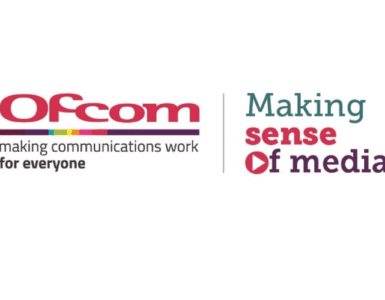by Alexandre Le Voci Sayad, ZeitGeist, Brazil.
The curricula for initial teacher education in Brazil, and in a significant part of Latin America, lag behind reality. It is common to see educators who have just graduated but are unable to simply teach. Academic laboratories are focused on research, but very little on creation. As a result, what usually happens is that courses in pedagogy produce excellent researchers, but disoriented teachers.
That kind of utopia that academic spaces propose, looking only to the past, often ends up undermining the possibility of transforming reality. Dreaming is necessary, but it needs to be accompanied by hands on activities and creativity. At the same time, it is also necessary to master cultural issues so that we can actually improve the global educational scenario, which lacks innovation and adherence to student culture. Media education is an important consideration in this discussion.
Teachers remain anchored in the 20th century, while students are living in the 21st.
The result of this anachronism is reflected in the research on “school dropout” carried out annually by the Fundação Getúlio Vargas. The one factor that leads most students to drop out of school is pure and simple disinterest. The disciplines, methodologies and subjects do not relate to the effervescent life of a teenager. Working to help with the family income seems more useful to them.
The first step to understand in order to develop initial and continuous quality training is to decipher contemporaneity – the time we live in. For the French educator Edgar Morin, impermanence, complexity and uncertainty are fundamental aspects of it. These elements are present throughout his books and research papers. Today, therefore, it is not a question of educating oneself for perpetuity; the very idea of permanence – starting with the media – is illusory. What is behind the ephemerality of the social network of the day?
Following another line of thinking, according to Pierre Levy, digital technologies cannot be seen as a tool, but as intelligence that generates a new culture – as it was with the development of reading and writing. When we think of digital as an “technology of intelligence”, we can begin to understand that media education must be based on the idea of digital culture.
If reality is composed of a set of signs, then digital is also a reality. Thus, even before entering the concept of “metaverse”, it is possible to determine that contemporaneity is hybrid. Reality is indeed virtual and physical. Denying this can lead to an even greater degree of separation between educators and learners.
Media education must address creativity, creating awareness for the risks, but also the opportunities of the contemporary. For instance, it is essential that elementary and high school students develop fluency in research, knowing how to identify sources and thus escaping misinformation. On the other hand, is also important, for example, that students can digitally map the school’s surroundings and create a guide of interesting places to attend in the community. Morin’s complexity presents yet another side of this prism: games are fun and can be educational, but there is a daily time limit for using screens.
Researching philosophical and social aspects of contemporaneity, I believe that carrying out lifelong learning education that addresses non-traditional methodology, and values the aspect of media education and general culture is important for educators to inspire and create classes and methods that stimulate learning.
One such initiative entitled “City, Art and Media”, created by ZeitGeist, the company I run nowadays, really stimulates creativity, as it proposes to understand how the city and the media can educate together with the classroom. What are the opportunities that graffiti on walls, urban interventions, digital art and social apparatus provide to develop educational training paths?
Transforming an abandoned alley into an open-air graffiti gallery, with the help of artists from the community, with also an online research activity to curate relevant art work, is an excellent way to integrate school subjects such as History, Geometry, Geography, Media and Arts in a project that counts on full student engagement. So, the contemporary role of the educator becomes that of a provocateur, mediator and conductor of this unorthodox form of media education.
Editor’s note: We are delighted to announce that Alexandre will be one of our speakers during our first Wednesday Webinar on Teacher Education in Digital and Media Literacy taking place on 23 February. More about this event and how to register here.

Author
Alexandre Le Voci Sayad, ZeitGeist, Brazil, International co-chairman of UNESCO MIL Alliance and board member of the IC4ML (International Council for Media Literacy)
More information about Alexandre and his work.














